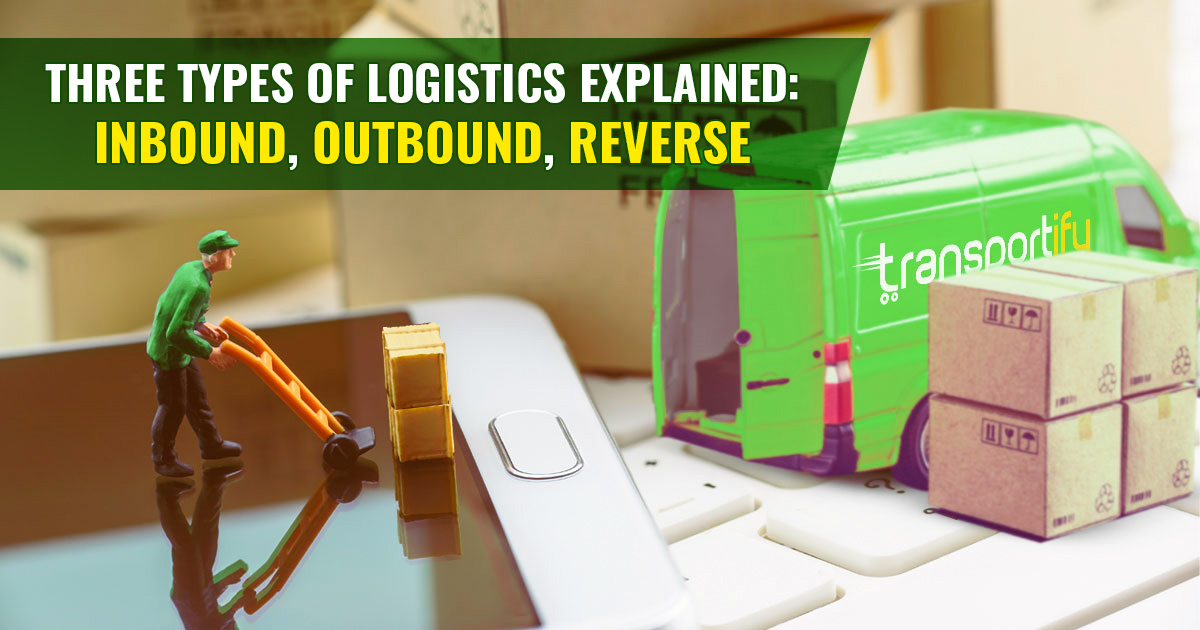
When referring to logistics flows, we are talking about the movement and direction of certain goods, parcels, packages, items, or information within a supply chain network. More specifically, between the point at which the products or information originated and the final consumption point.
Three main directions correspond with the three logistical processes or types of logistics we will focus on today. These are inbound logistics, outbound logistics, and reverse logistics. The information about these three supply chain directions is essential, especially for people in the logistics industry in the Philippines.
So looking to make the right decision when it comes to supply chain strategies? Transportify can provide you with invaluable insight into this perplexing puzzle. Whether you’re looking for customers, products, or services – let us help point out the differences so that your strategy is always on point!
In This Article
- What is Inbound Logistics?
- What is Outbound Logistics?
- What is Reverse Logistics?
- How to Improve Inbound, Outbound, and Reverse Logistics Process?
- Conclusion
- Frequently Asked Questions
What Is Inbound Logistics?
Inbound logistics refers to the movement of goods from suppliers to production. This includes storage and transportation of various products and information from the suppliers through the warehouse and further through manufacturers’ production facilities for processing and production.
The types of goods or items that are transported through this types of logistics flow are raw materials. Some could be tools for manufacturing or consumable products needed for fuel or various spare parts and components for production inputs. Better inbound logistics management makes the cycle more efficient and integrative. An excellent way to manage inbound logistics is to use automatic ordering or order-fulfillment systems. With this, you can be sure it will directly impact the organization’s success.
For example, if you produce car parts in a factory. You will use door-to-door inbound transport to send your car parts to various recipients depending on the nature of your relationship with those businesses. This could be providing car parts to manufacturers, using them in their finished products, or passing them on to retailers and distributors. Most car parts distributors use large trucks to transport these products, so choosing the right partner for these types of logistics services is essential.
How Can Transportify Help?
Transportify can help you with setting up your inbound logistics in the Philippines. If you are expanding your network and wish to transport your goods safely with large trucks efficiently and cost-effectively. In that case, you will need a reliable third-party logistics company to assist you. Refer to our table to do a quick look at our services:
Vehicle Type Dimensions/
Weight LimitsBase Price
(Metro Manila)Base Price
(Outside Metro Manila) Base Price
(Visayas/Mindanao)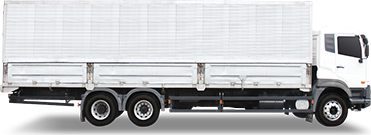 Wing Van
Wing Van 32 to 40 x 7.8 x 7.8 ft
12000kg to 28000kg7000 PHP 6500 PHP 6500 PHP ![]() 6w Fwd Truck
6w Fwd Truck18 x 6 x 7 ft
7000kg4850 PHP 4850 PHP 4850 PHP 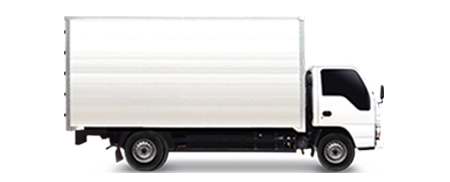 Closed Van
Closed Van10 to 14 x 6 x 6 ft
2000kg to 4000kg1600 PHP 1450 PHP 1450 PHP  Open Truck
Open Truck10 to 21 x 6 ft x open
2000kg and 7000kg2300 PHP 1950 PHP 1950 PHP 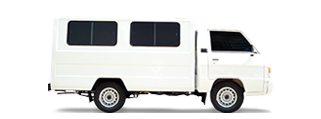 L300/Van
L300/Van8 x 4.5 x 4.5 ft
1000kg415 PHP 374 PHP 335 PHP 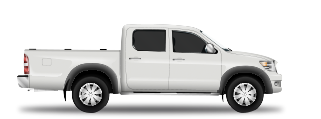 Small Pickup
Small Pickup5 x 5 ft x open
1000kg418 PHP 338 PHP 325 PHP ![]() Light Van
Light Van5.5 x 3.8 x 3.8 ft
600kg375 PHP 292 PHP 275 PHP ![]() MPV/SUV
MPV/SUV5 x 3.2 x 2.8 ft
200kg240 PHP 210 PHP 160 PHP ![]() Sedan
Sedan3.5 x 2 x 2.5 ft
200kg220 PHP 190 PHP 140 PHP
SEE ALSO:
- Door-to-Door Service for Inbound Transport
- Effective Inbound Freight Management Company
- A Guide To Efficient Outbound Logistics Solutions For Your Company
Inbound logistics is the first step in the logistics value chain. So it is essential to have an improved process flow regarding logistics because it can impact your network’s remaining processes.
For effective inbound logistics, Transportify could help you practice improved customer satisfaction and the types of logistics network integration by providing the best quality delivery services especially if big trucks like 6w Forward trucks, Open Trucks, and Wing Vans. These bulk delivery services help growing companies and businesses develop their logistics value chain, resulting in higher quality products, more cost savings, and increased sales across their logistics network.
What Is Outbound Logistics?
Outbound logistics is the movement of finished products from production facilities to the next supply chain link. These goods move through warehouses, further to the point of consumption (in the hands of end-users). This is often referred to as the order fulfillment process.
Using the same example above, after the manufactured car parts make their way through the inbound logistics flow to a retailer, they will then be sold and distributed to the end-user, thus moving through the outbound logistics flow to reach the desired final destination.
All the products are intended for the end-users to move through this outbound logistics flow. In a nutshell, the outbound logistics movement refers to businesses shipping and delivering their products from the warehouse to the customer (whereas inbound refers to the change between companies and their suppliers).
How Can Transportify Help?
Transportify is well-versed in outbound logistics in the Philippines, with a vast network of drivers dedicated to moving your goods & products to the end user. One of the main benefits of using our services is that you can track & trace your assets in real time as they move from your warehousing facilities into the end-user hands. This will enable you to offer accurate ETA’s and update customers in real-time if there are traffic or weather-related delays.
Businesses undergo numerous stages in their outbound logistics process. On-time performance is the key to achieving the best outbound logistics process. In line with that, our company offers same-day delivery across our fleet depending on your booking location. Your packages and boxes are guaranteed to arrive at their destination within the requested time frame.
What Is Reverse Logistics?
As you may have guessed, reverse logistics refers to moving items or goods from the end users back through the supply chain to the appropriate party concerned.
How Can Transportify Help?
It is essential to have a system to account for any items needing recovery from the end user for whatever reason. To offer the best possible customer service, you must provide your users with the “path of least resistance.” This means rather than having them go out of their way to return the items in question to you, you should send a third-party logistics driver to collect the items from them instead. This means they won’t have to leave their home’s comfort, which is especially important if the items are being returned because they are faulty or unsatisfactory.
Transportify can be your partner in reverse logistics. Our large fleet can handle your parcels’ retrieval process or packages from your customers, which can ease the burden from your end. This is a big help, especially to businesses like appliance and furniture suppliers that require large vehicles in their types of logistics process.
How 3PL Providers Can Help in the Different Types of Logistics
3PL services encompass a wide range of functions, including transportation, warehousing, and inventory management. These providers handle everything from receiving and managing incoming goods and materials (inbound logistics) to storing and shipping finished products to customers (outbound logistics). Additionally, they offer reverse logistics services, which involve handling returns, recycling, and disposal of products, contributing to a more sustainable business model.
How To Improve Inbound, Outbound, and Reverse Logistics Process?
To improve your inbound, outbound, and reverse logistics process, your company should be able to ensure that your 3PL partner can offer a wide variety of services that will fit your current strategies and will help with the long-term goals of your business.
If you are in charge of the inbound logistics process, you should secure a reduced carrier rate to ensure inventory management accuracy. Every amount invested wisely in improving types of logistics will help with its ROI in the long run. Ensure that your third-party logistics (3PL) partner has integrated logistics and can offer various vehicles you can use for different inbound delivery requirements.
Suppose you are in charge of the outbound logistics process. In that case, you should establish different metrics to give your company insights into operational performance and strategies, such as the outbound logistics strategy. By merely evaluating the company’s return on various operations, you can recognize which business should give services or procedures emphasis.
If you are in charge of reverse logistics, you should plan and execute strategies to manage products beyond the final sale, such as repair, warranty recovery, redistribution, value recovery, and end-of-life recycling. As a proactive approach, companies may establish a separate reverse supply chain to address product retrieval concerns.
Logistics network flow will make a big difference in the company’s branding. If you have a reliable 3PL provider like Transportify, your distribution network flow will surely provide convenience and increased visibility in each process and ultimately give your business an excellent image to your customers.
Conclusion
To summarize, the different types of logistics include Inbound logistics, which refers to the movement of goods between businesses and their suppliers. In contrast, Outbound Logistics pertains to the flow of goods between companies and the end-user or consumer. And Reverse Logistics means products’ movement from the end-user or consumer back to the manufacturer for repairs, recycling, refurbishing, etc.
If you are interested in exploring our logistics services, you may download our app by scanning the QR code or clicking the buttons below:
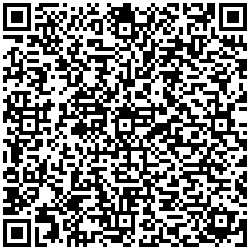 | or |
What is the difference between Inbound, Outbound, and Reverse Logistics?
🚚 Inbound Logistics refers to the movement of goods between businesses and their suppliers to cut the definition short. In contrast, Outbound Logistics pertains to the flow of goods between companies and the end-user/consumer. And Reverse Logistics means that products movement from the end-user/consumer back to the manufacturer or reverse supply chain. Transport and logistics companies, such as Transportify, can be the best fleet partner to handle these three types of logistical flow depending on the business’s needs.
What are the available fleet partners that can handle Inbound, Outbound, and Reverse Logistics?
🚚 Supply Chain companies are anywhere in the Philippines. Some of these companies are now present on the internet or social networking sites. But if you are looking for the best tech-logistic third-party logistics provider offering services to handle these logistic needs, especially with bulk delivery, you might want to consider using Transportify for your business needs. The variety of their fleet from 4-wheeled vehicles to 6 wheeler trucks for heavier loads will fit every aspect of your business needs.




 INSTANT QUOTE
INSTANT QUOTE

 Chat
Chat